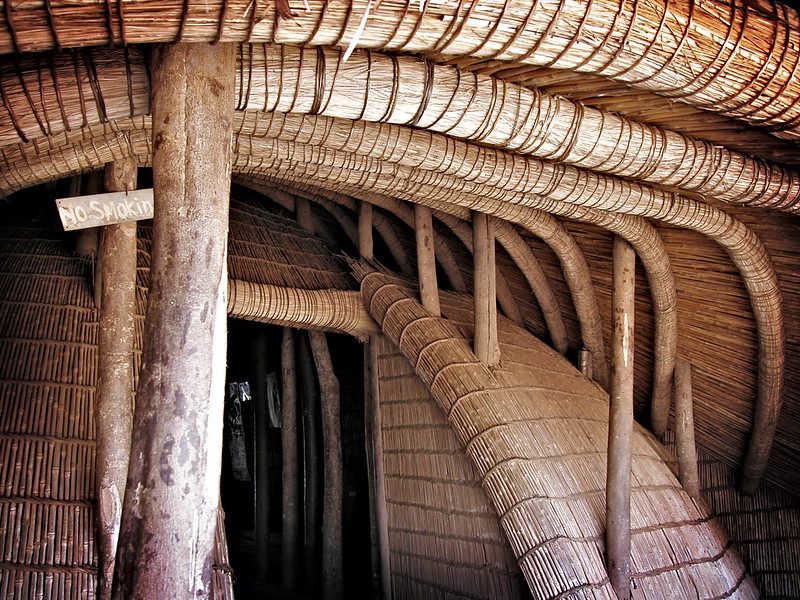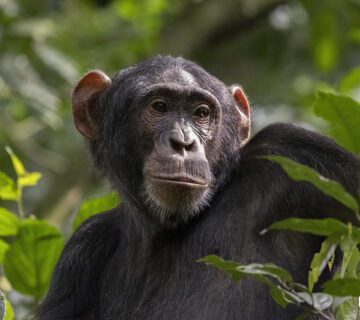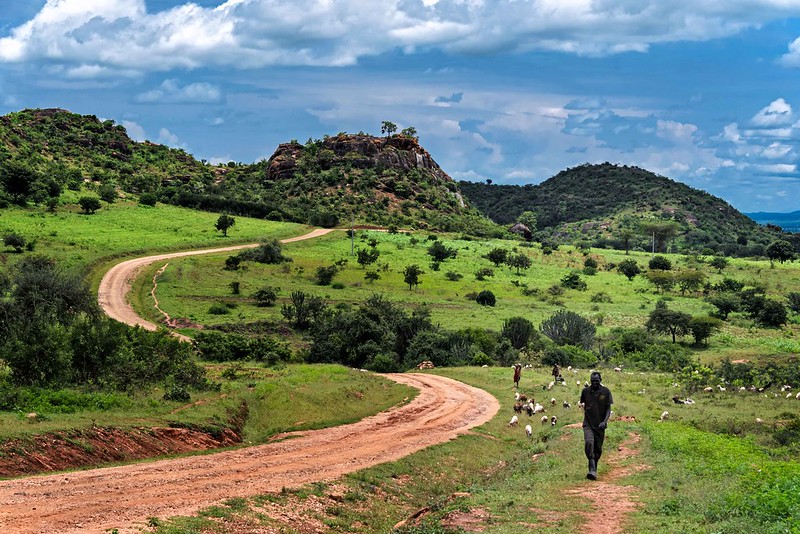Kasubi Tombs Facts, Location, History, Entrance Fee, Photos.
Details about Kasubi Tombs, including location, history, admission cost, and pictures. See the top architectural structure in Africa, the Kasubi Tombs in Uganda, Buganda Uganda’s Kasubi tombs
The BBC selected Africa’s most renowned architectural structure, the Kasubi Tombs, earlier in October 2021. The Buganda Kingdom’s rulers are buried in the Royal Complex at Kasubi, which spans hectares of agricultural land in Kampala, the capital of Uganda. Wood and other natural materials were used primarily in its construction. The 52 circular rings on top symbolize the 52 Buganda clans, while the interior is modeled after a sacred forest.
Explore the Kasubi Royal Tombs in Uganda.
Before the use of contemporary materials, Kasubi Tombs were built in the late 19th century with age-old techniques. Numerous visitors have praised the experience as amazing, saying that you will sense the building’s presence while you are within. It controls you while you are inside it.
What are the Kasubi Tombs and what may one anticipate when visiting them?
The Buganda Kingdom’s Kasubi Tombs site in Uganda is a masterwork of human ingenuity in both its design and construction. This largest of the medieval kingdoms in modern-day Uganda, the Kasubi Tombs site is a wonderful testament to the Baganda’s surviving cultural heritage. During the 19th century, the kingdom grew to be a significant and strong state.
Established on the shores of Lake Victoria in the late 14th century, the Buganda Kingdom developed around its founder, Kabaka (king) Kintu, who arrived from northeast Africa. Arriving as the head of several clans, Kintu overran the region and overthrew Bemba Musota, the final native ruler, to create his new state. The Buganda ethnic group was created by Kintu’s instruction for the new clans to intermarry with the native population.
The best surviving example of a Baganda palace/architectural ensemble is the spatial arrangement of the Kasubi Tombs site. It is a technological marvel that was constructed over many years and is built in the finest traditions of Ganda architecture and palace design. After the BBC WATCHDOG news revealed earlier in October 2021 that this skyscraper is Africa’s No. 1 (number one) iconic architectural structure, a safari here is a must for any traveler. Wow!
The Kasubi Tombs site’s natural and constructed features are imbued with spiritual, traditional, and historical significance. It is the most busy religious site in the kingdom and a significant spiritual hub for the Baganda.
The traditional bark cloth tree, which marks the boundary of the area where the tombs are situated, is a clear symbol of the 1882 traditional boundary. By preventing land encroachment for housing construction and other projects, the living markers have helped preserve the original land size. The original ensemble of the architectural palace design, which includes the arrangement of the buildings and the royal family members’ tombs and graveyards in the Muzibu-Azaala-Mpanga area, is still in situ.
The persistence of the customs and cultural activities connected to the location attests to the authenticity of the Tombs of the Kings of Buganda at Kasubi. The Kabakas of Buganda continue to use their traditional funeral customs.
Uganda: commemorating the 30th anniversary of the King of Buganda’s coronation
A common feature of the Buganda Kingdom palace is the arrangement of Muzibu-Azaala-Mpanga in the midst of other structures surrounding the spacious central courtyard (Olugya), with a forecourt housing the drum house and entering gatehouse.
Along with the interior features and finishing touches, such the tall wooden poles decorated with bark fabric, the technique of using a grass thatched roof supported by structural rings of palm tree fronds is still in use.
The main tomb structure was destroyed by fire, which diminished the site’s authenticity, but the building’s traditional architectural artistry and the necessary abilities are still available to enable its reconstruction. This element will enable a genuine regeneration of this important feature, especially when combined with the building’s copious documentation.
Needs for Management and Protection
Under the Historical Monument Act (Act 22 of 1967) and Statutory Instrument No. 163 of 1972, the property, which is administered by the Buganda Kingdom, was gazetted as a protected site. The National Constitution (1995) further reinforced this legal position.
The Kasubi Tombs are protected from residential encroachment and any other use that would be incongruous with their nature under the Historical Monument Act. The property Act (1998) governs the title of the property on which the Tombs are located. On behalf of the Kingdom, the land title is registered in the Kabaka’s (King’s) trust.
The numerous Ugandan tourism policies further reinforce the site’s protection.
The UNESCO World Heritage Committee, the Buganda Kingdom, and the Government of the Republic of Uganda must all agree on the principles governing the reconstruction of the main tomb building. Additionally, the process of reconstructing the building must be methodical, supported by evidence, and thoroughly documented.
Commonly asked queries
Kasubi Tombs is open when?
When are the Kasubi tombs open for tourism and other cultural events, in case you were wondering? 8:00 AM to 6:00 PM, Monday through Saturday
Does admission to Kasubi Tombs require reservations? Should I purchase a ticket in advance?
To reserve your place, we advise scheduling Kasubi Tombs visits in advance. We promise regularly updated information on your trip when you make a reservation with All In Africa Safaris.




